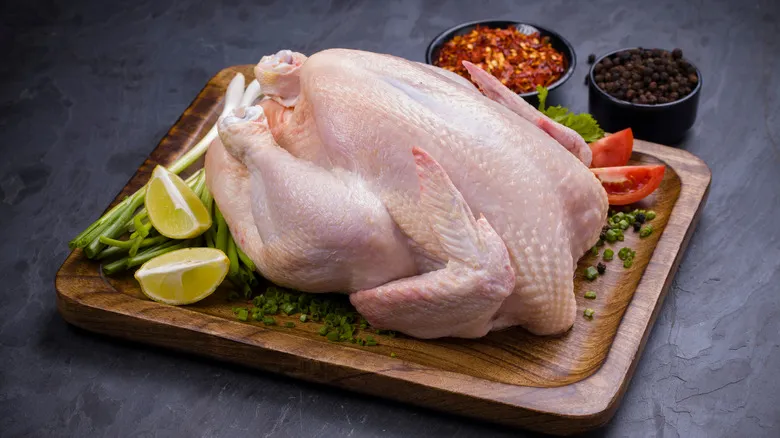Simmering lowers the water temperature

What many cooks often overlook is the crucial period between adding pasta to the pot and when it's time to remove it from the water. When you introduce pasta to boiling water, it causes the temperature to drop from a full boil of 212 degrees Fahrenheit to a range of 185 to 205 degrees Fahrenheit, slowing the cooking process to a simmer. If the water doesn't return to a boil, the pasta will cook at a lower temperature, which can lead to an undesirable mushy texture.
Additionally, not allowing the water to boil again after adding the pasta increases the likelihood of the noodles sticking together. The gentle bubbles of a simmer don't agitate the pasta as effectively as the vigorous bubbles of a rolling boil. This means you'll need to stir the pasta frequently to prevent it from clumping.
Once the water reaches a boil again, it's also an ideal moment to add salt. Boiling water dissolves salt more rapidly and prevents it from settling at the bottom, where it could scratch the pot. To ensure you and your meal don’t end up feeling like a soggy noodle in the kitchen, bringing the water to a boil twice is the key to achieving perfect pasta.
Recommended

How An Ice Bath Will Take Your Bagged Salad To The Next Level

Here's How Long It'll Take To Thaw A Whole Chicken

The Key To Making Bobby Flay's Not-So-Classic Guacamole

Swap Out Avocado And Top Your Toast With Another Creamy, Nutty Option
Next up

